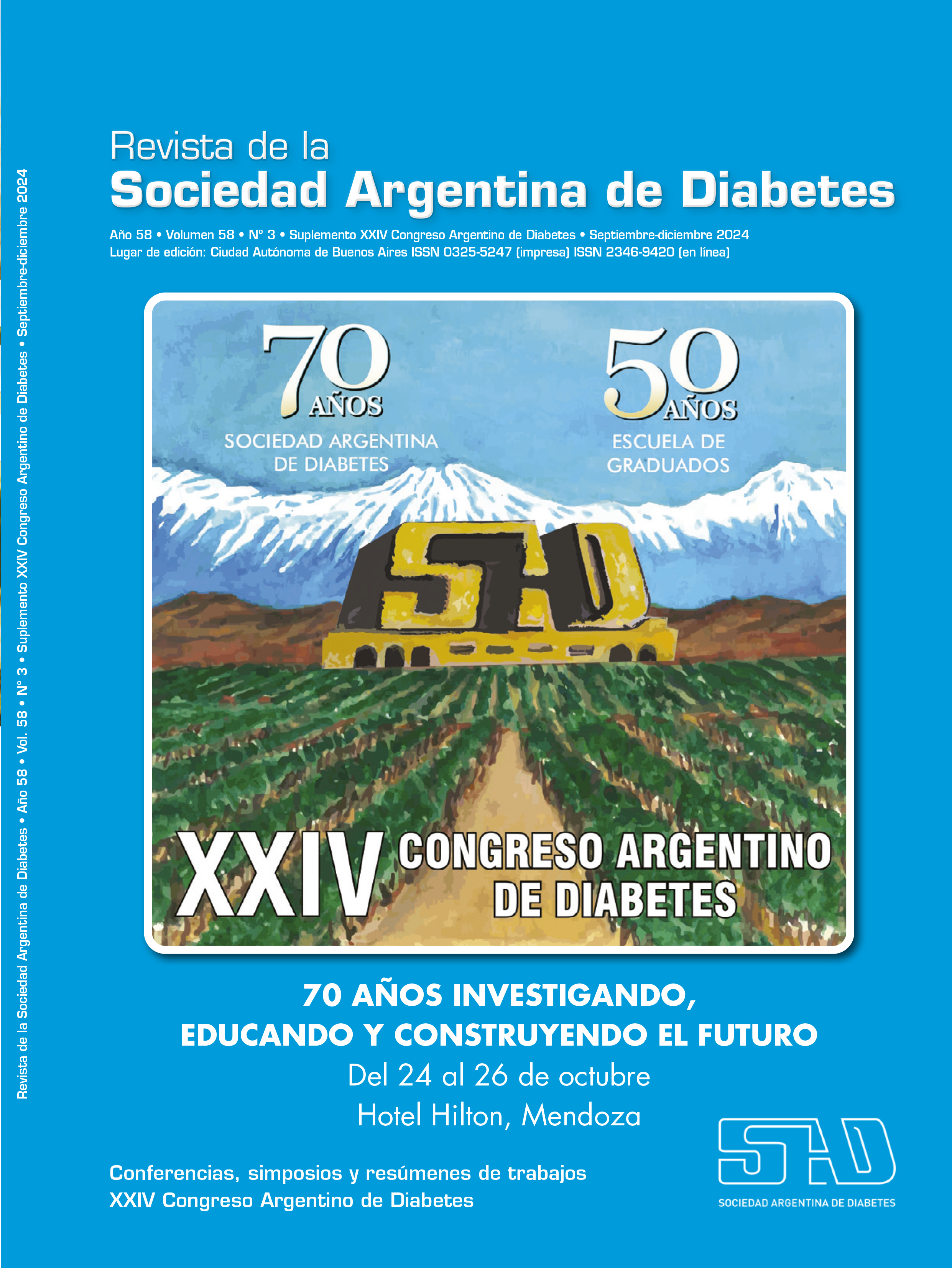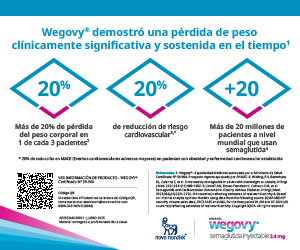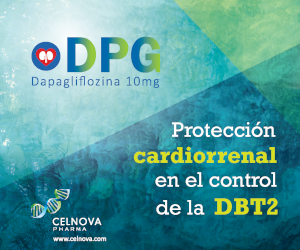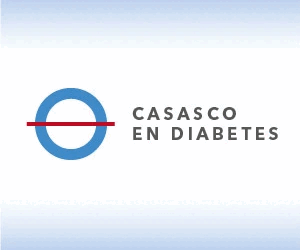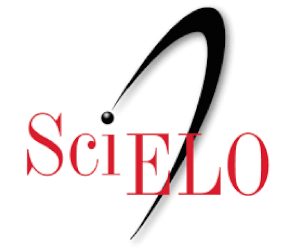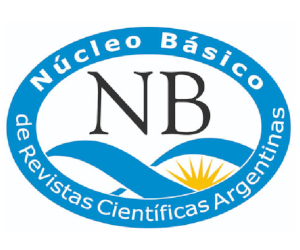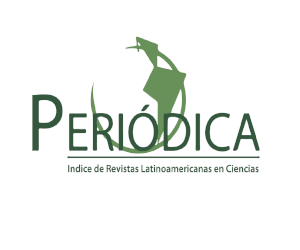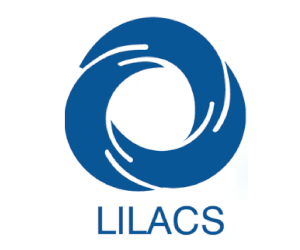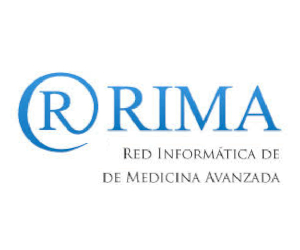CONFERENCE: The evolution of diabetes: from the discovery of insulin, to DCCT and intra-thecal leptin
Keywords:
diabetes, new technologiesAbstract
The discovery of insulin in Toronto in 1921 and the subsequent improvement of its purity over the next 50 years resulted in a monumental controversy: does glucose control even matter? Anecdotal reports were not conclusive, and ideas on the best insulin regimens were controversial. By the 1980s, human insulin became available and with the introduction of the HbA1c assay and home blood glucose monitoring it was possible to do a true randomized and controlled trial to definitively answer the question.
The Diabetes Control and Complications Trial (DCCT was commissioned by the US Congress in the early 1980s and by June of 1993 the answer was unequivocal. For those with type 1 diabetes (T1D) and no retinopathy for less than 5 years or those with T1D for less than 15 years with minimal retinopathy, “intensive diabetes therapy” reduced appearance or progression of retinopathy (in addition to albuminuria and neuropathy) by 50-60%. For those volunteers and study investigators/coordinators the announcement of the study results was monumental and will never be forgotten for those in the room when the study was presented. Although it took about a decade in the US, the therapy and targets for type 1 diabetes were permanently changed and were not controversial.
Since then, treatments for type 1 diabetes have undergone a revolution, at least in high-income countries, with continuous glucose monitoring and now automated-insulin delivery systems. It is clear from “big data” chart reviews that the greater the technology, the better the glycemic outcomes. However, what is more exciting is the current research for stem cell transplants, hopefully soon without immunosuppression, in addition to new research in intra-thecal leptin, a therapy quite successful in animal models of type 1 diabetes, soon to undergo human trials. The key to success of these new therapies are that they are not cost-prohibitive. Meanwhile, we always need to appreciate the lack of these new treatments in low- and mid-income countries.
References
I. Sims E, Carr AL, Oram RA, et al: 100 years of insulin: celebrating the past, present, and future of diabetes therapy. Nat Med 2021;27:1154-1164.
II. Norgaard K, Ranjan AG, Laugesen C, et al. Glucose monitoring metrics in individuals with type 1 diabetes using different treatment modalities. A real-world observational study. Diabetes Care 2023;46:1958-1964.
III. Hogrebe NJ, Ishahak M, Millman GR. Developments in stem-cell-derived islet replacement therapy for treating type 1 diabetes. Cell Stem Cell 2023;30:529-548.
IV. German JP, Thaler JP, Wisse BE, et al. Leptin activates a novel CNS mechanism for insulin-independent normalization of severe diabetic hyperglycemia. Endocrinology 2011;152:394-404.
Downloads
Published
Issue
Section
License
Copyright (c) 2024 on behalf of the authors. Reproduction rights: Argentine Society of Diabetes

This work is licensed under a Creative Commons Attribution-NonCommercial-NoDerivatives 4.0 International License.
Dirección Nacional de Derecho de Autor, Exp. N° 5.333.129. Instituto Nacional de la Propiedad Industrial, Marca «Revista de la Sociedad Argentina de Diabetes - Asociación Civil» N° de concesión 2.605.405 y N° de disposición 1.404/13.
La Revista de la SAD está licenciada bajo Licencia Creative Commons Atribución – No Comercial – Sin Obra Derivada 4.0 Internacional.
Por otra parte, la Revista SAD permite que los autores mantengan los derechos de autor sin restricciones.



